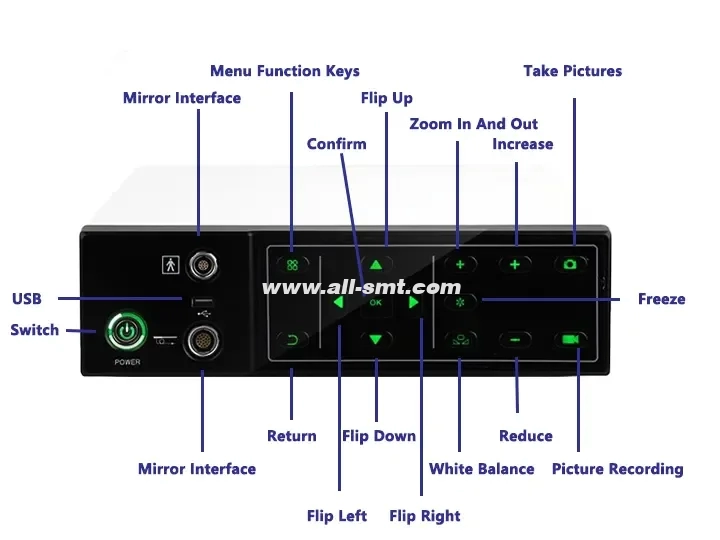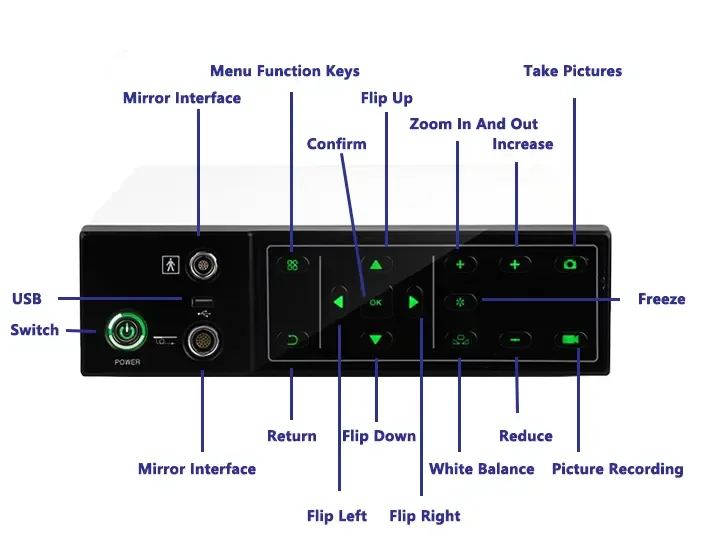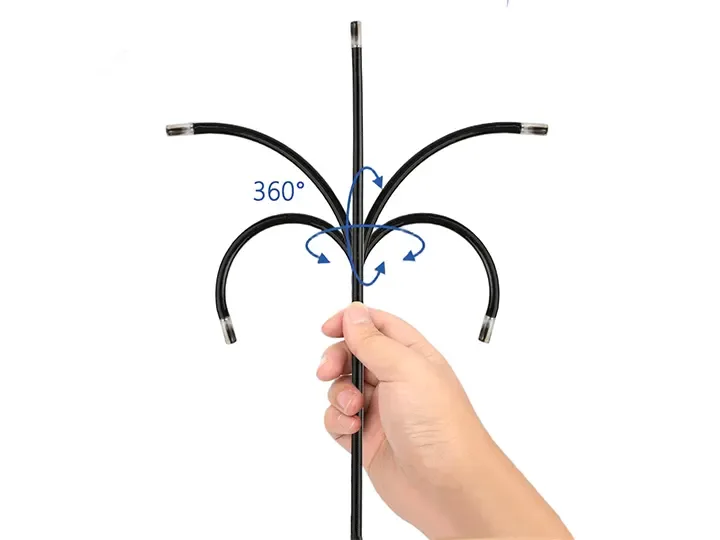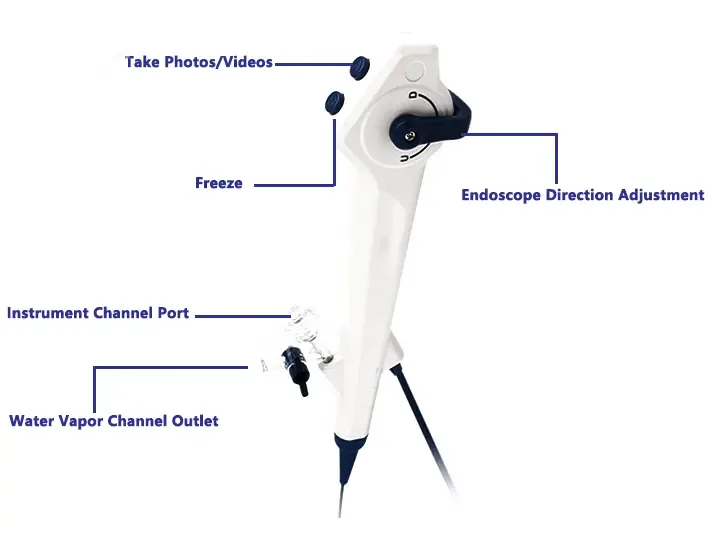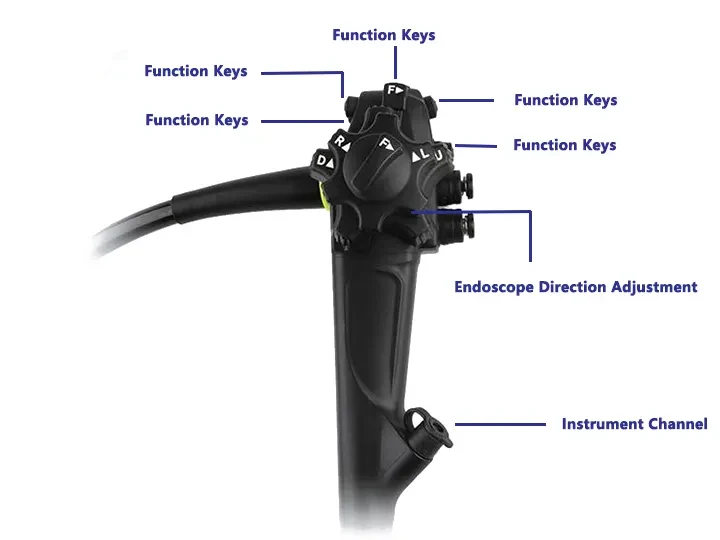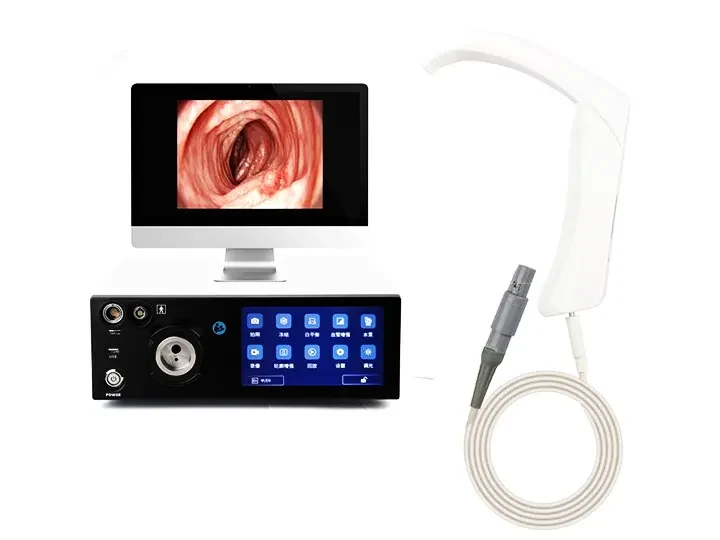The medical endoscope desktop host is the core equipment for modern minimally invasive surgery and diagnosis. Its technical value is mainly reflected in high-precision imaging, real-time data processing, system integration and intelligent functions. The following are its key technical points:
1. High-resolution imaging technology
4K/8K ultra-high-definition images: using high-sensitivity CMOS or CCD sensors, supporting ultra-high-definition resolution (such as 3840×2160 pixels), and cooperating with HDR technology to improve the dynamic range and ensure that tissue details are clearly visible.
Low-light imaging: in the low-light environment of the cavity, low-noise imaging is achieved through noise reduction algorithms and back-illuminated sensors.
Multispectral imaging: some high-end hosts support special optical modes such as fluorescence (such as ICG fluorescence navigation) and narrow-band light (NBI) to enhance the contrast of lesion tissue.
2. Real-time image processing engine
FPGA/GPU acceleration: real-time image processing through dedicated hardware, including edge enhancement, color correction, noise reduction, etc., and the delay needs to be controlled in milliseconds (such as <50ms).
AI-assisted diagnosis: integrated deep learning algorithms can mark suspicious lesions (such as polyps and tumors), measure lesion size, and even predict bleeding risks in real time.
3. Multimodal system integration
Multi-device linkage: integrate light sources, pneumoperitoneum machines, electrosurgical equipment (such as high-frequency electrosurgical knives), ultrasound, etc., and control through a unified interface to reduce intraoperative operation switching.
3D/VR support: Some hosts support 3D stereoscopic vision or VR headsets to provide depth perception for complex surgeries (such as laparoscopic robots).
